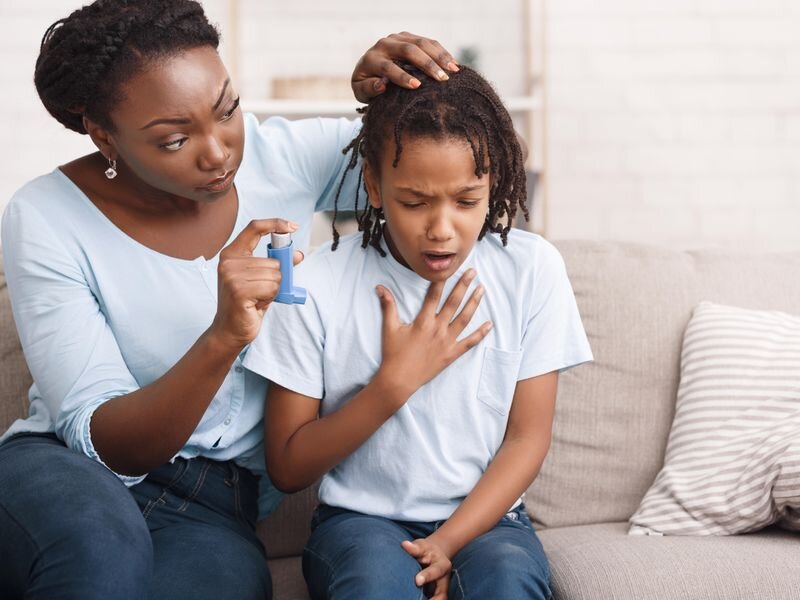
If you’re wondering whether your child may have asthma, there are some tell-tale signs to look for, an expert says.
Asthma is the most common chronic respiratory disease in children and affects more than 6 million U.S. children. Despite being common, diagnosing asthma in children can be difficult because “there is no one-size-fits-all set of symptoms,” according to Dr. Harvey Leo, a pediatrics specialist who practices in Michigan.
“A solid, ongoing relationship with your child’s health provider can help identify asthma risks and the best treatment for your child,” he said in an American Academy of Pediatrics news release.
Key questions your child’s doctor will need to know include:
- How often does your child cough or wheeze during the week?
- Do these symptoms affect their daily activity?
- Does your child’s coughing or wheezing wake them up at night?
- What medicines have you tried and have they helped, including nutritional supplements or homeopathic therapies?
- Does anyone in the family have a history of asthma, environmental allergies or other respiratory conditions?
For children who are old enough (typically over 7 years of age), your doctor may order an asthma test. One of the most common is a lung function test (spirometry). The child breathes into a device that shows whether the child has some airway blockage, Leo explained.
Another test checks how much nitric oxide your child exhales, to assess levels of airway inflammation.
More complex lung function tests are also available and used for the diagnosis and follow-up management of asthma (such as imaging tests). There are also home respiratory monitors and medication reminder phone apps that can help manage a child’s asthma.
Parents need to be aware that there are many other conditions that can look like or worsen asthma in children, Leo said. These include seasonal allergies, acid reflux, viral or bacterial infections, conditions related to a child’s anatomy and heart issues.
Source: Read Full Article
